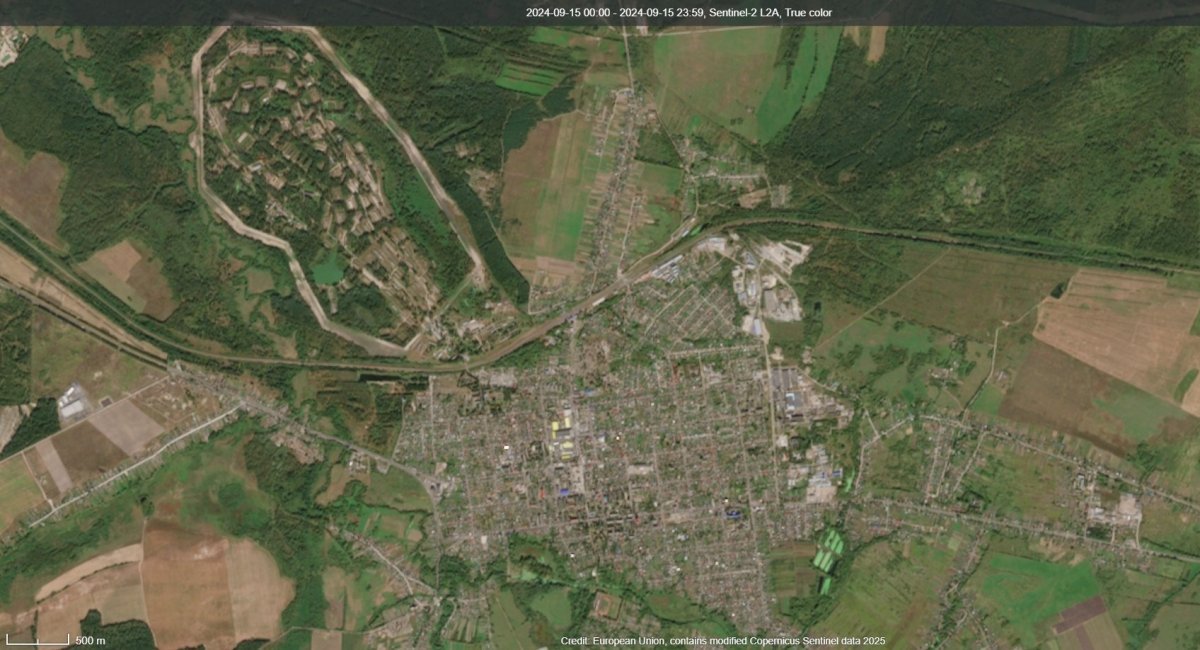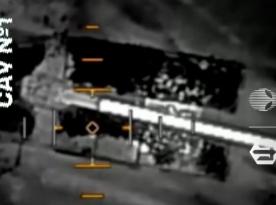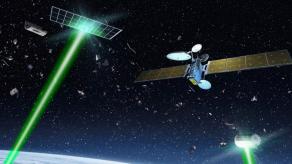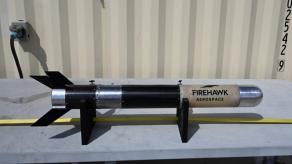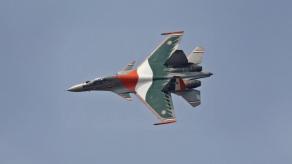The General Staff of the Armed Forces of Ukraine reported the use of four missiles, with the Ukrainian Navy later confirming their type.
According to the Defense Intelligence of the Ministry of Defense of Ukraine, Elektrodetal plant is a key supplier of connectors used widely across russian industry, including the aerospace sector. Components from this plant have been identified in russian weapons systems, notably the Khimera FPV drone.
Read more: How Many russian GRAU Arsenals Are Still Within Ukraine's Strike Zone and What Makes Them Strategic Targets
The Karachev strike is particularly significant because the town also hosts another major military site — the 67th GRAU arsenal (also known as the 1046th Materiel-Technical Support Center) — although the depot is located in a different part of the town.
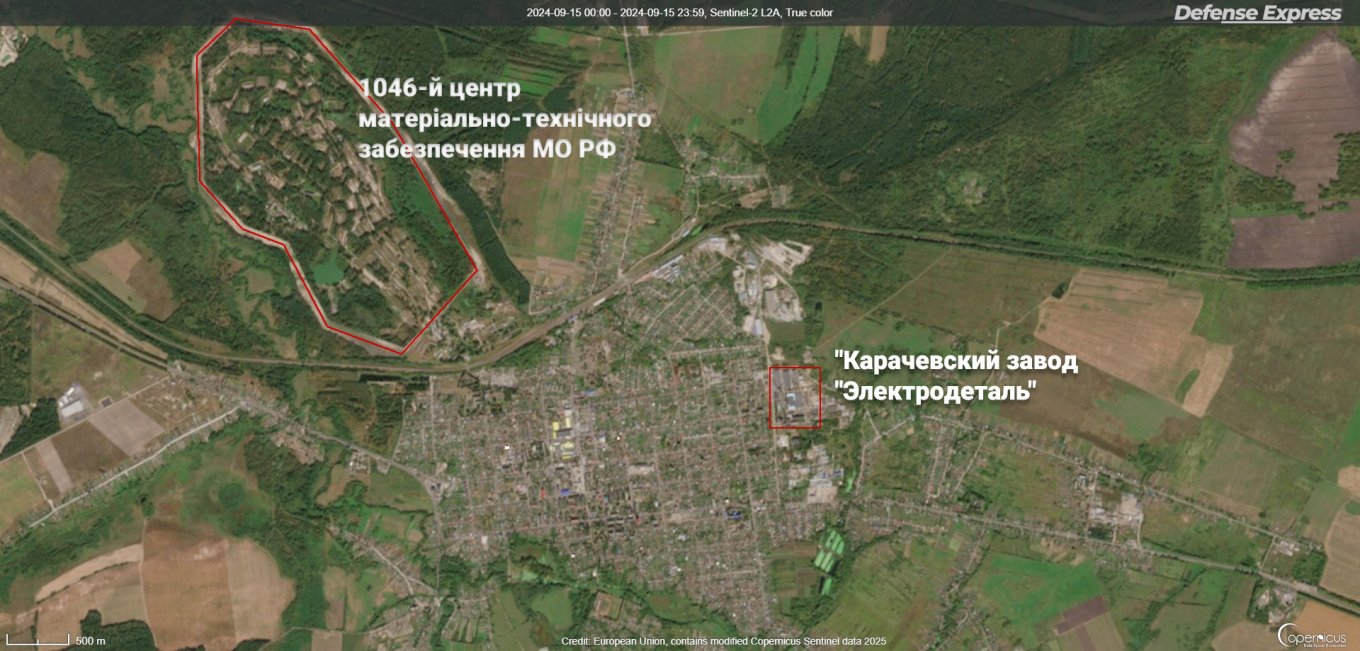
That arsenal had already been targeted by Ukrainian forces, not with drones but with ATACMS ballistic missiles, on November 19, 2024 — likely marking the first use of those American systems against russian territory.
The strike triggered at least 12 secondary explosions and detonations, but the stockpile appeared far smaller than at other comparable GRAU facilities. By contrast, Ukraine's Security Service (SSU) employed FP-1 drones to hit the 107th arsenal at Toropets, with launches believed to have originated from inside russia.
The choice to hit the Elektrodetal plant with Neptunes, rather than the nearby GRAU arsenal, strongly suggests the depot has been largely emptied or removed from operational use.
It is also probable that Ukraine used the standard land-attack version of Neptune, rather than the extended-range long Neptune (with a reported reach of up to 1,000 km). Karachev lies only about 120 km from the Ukrainian border.
Meanwhile, discussions continue on strengthening Ukraine's strike capabilities with Tomahawk cruise missiles — particularly as the United States is reported to have surplus launchers available for them.
Read more: Arctic Crisis for russia: Icebreaker Fleet Inches Toward Disaster




